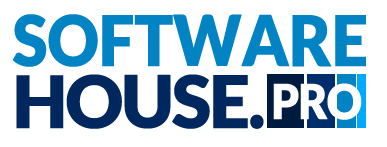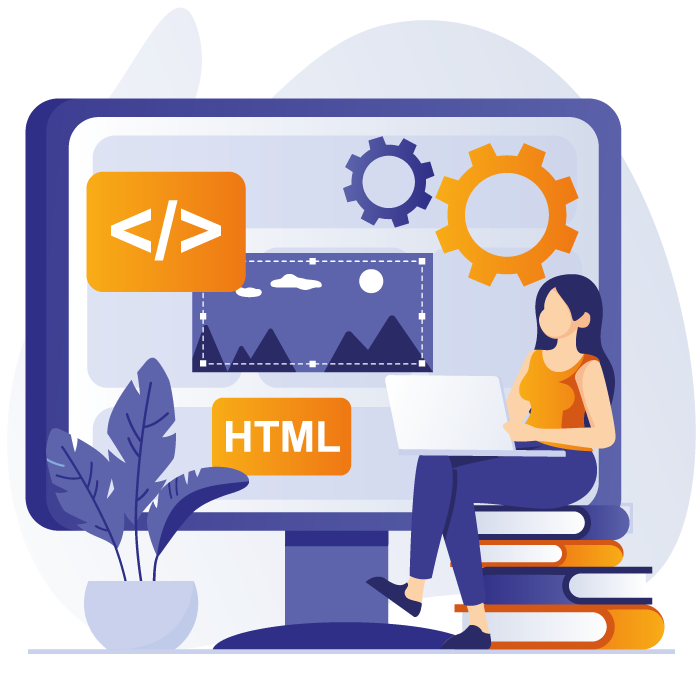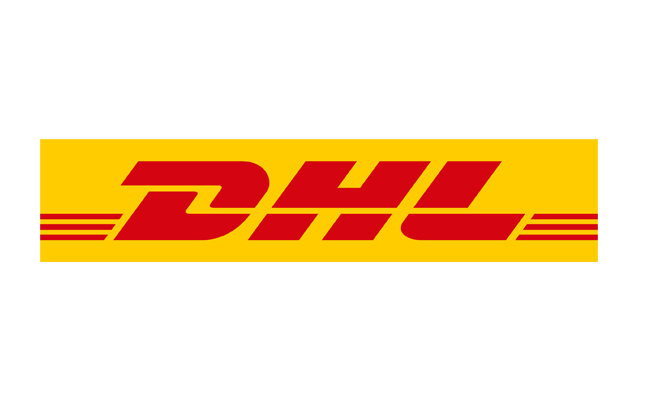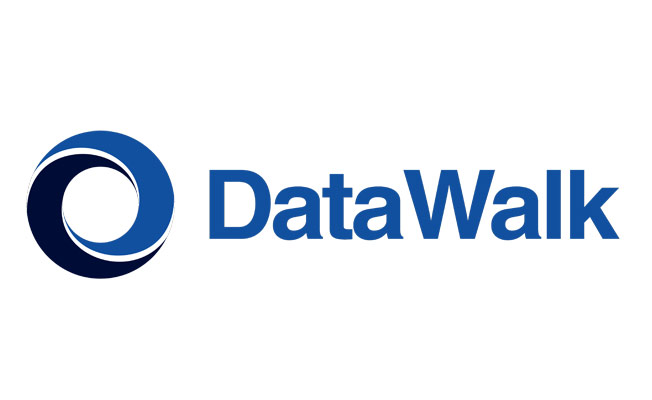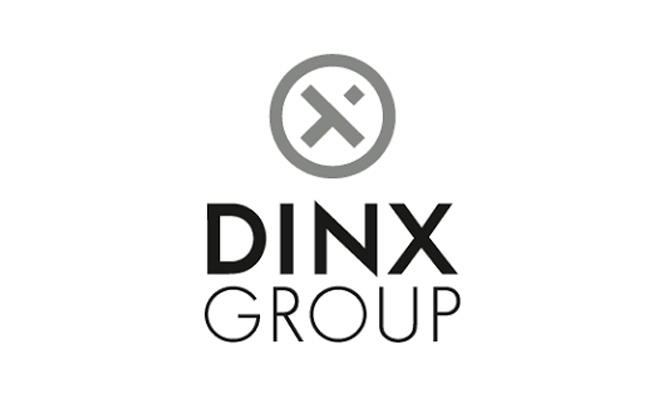Streamline Your Business Processes with Professional Software Integration Services
Introduction
Software integration is an essential aspect of modern technology, and it has become a vital tool in creating a seamless and efficient software system. In today's world, businesses, organizations, and governments rely on various software applications to achieve their goals. However, the problem arises when different software applications used by an organization do not work together seamlessly. This is where software integration comes in.
Definition
Software integration refers to the process of connecting different software applications or systems to work together seamlessly. It involves combining individual software programs into a single, unified system that can effectively perform all the tasks required.
Types of Software Integration
There are several types of software integration, including horizontal integration, vertical integration, data integration, and enterprise application integration.
Horizontal Integration
Horizontal integration refers to the integration of different applications or systems that serve similar functions. It involves the integration of different software applications that perform the same tasks. For example, a company may use multiple accounting systems to manage financial data, and horizontal integration can be used to integrate all these systems into a single, unified accounting system.
Vertical Integration
Vertical integration refers to the integration of software applications or systems that serve different functions in a business process. It involves the integration of different software applications that work together to complete a particular task. For example, in a manufacturing process, different software applications may be used for planning, scheduling, production, and inventory management. Vertical integration can be used to integrate all these applications into a single, unified system.
Data Integration
Data integration refers to the integration of different data sources to provide a unified view of data. It involves the combination of data from different sources, such as databases, spreadsheets, and documents, into a single, unified database. Data integration ensures that data is consistent and accurate across different applications.
Enterprise Application Integration
Enterprise application integration (EAI) refers to the integration of different software applications that are used by an organization to run its business processes. It involves the integration of different applications, such as customer relationship management (CRM), enterprise resource planning (ERP), and supply chain management (SCM), into a single, unified system.
Benefits of Software Integration
Increased Efficiency
Software integration can increase the efficiency of business processes by eliminating duplicate data entry and reducing manual intervention. This reduces the risk of errors and speeds up the overall process.
Improved Data Accuracy
Software integration ensures that data is consistent and accurate across different applications, which eliminates the risk of errors caused by manual data entry.
Improved Decision Making
Software integration provides a unified view of data, which enables organizations to make informed decisions based on accurate and up-to-date information.
Cost Savings
Software integration can help organizations save costs by reducing the need for manual intervention and eliminating duplicate data entry.
Conclusion
Software integration is an essential tool that organizations can use to improve efficiency, increase data accuracy, improve decision-making, and save costs. At our company, we provide software integration services that can help organizations integrate their software applications and systems seamlessly. Our team of experts has the necessary knowledge and experience to provide customized software integration solutions that meet the specific needs of our clients. Contact us today to learn more about our software integration services and how we can help your organization achieve its goals.
